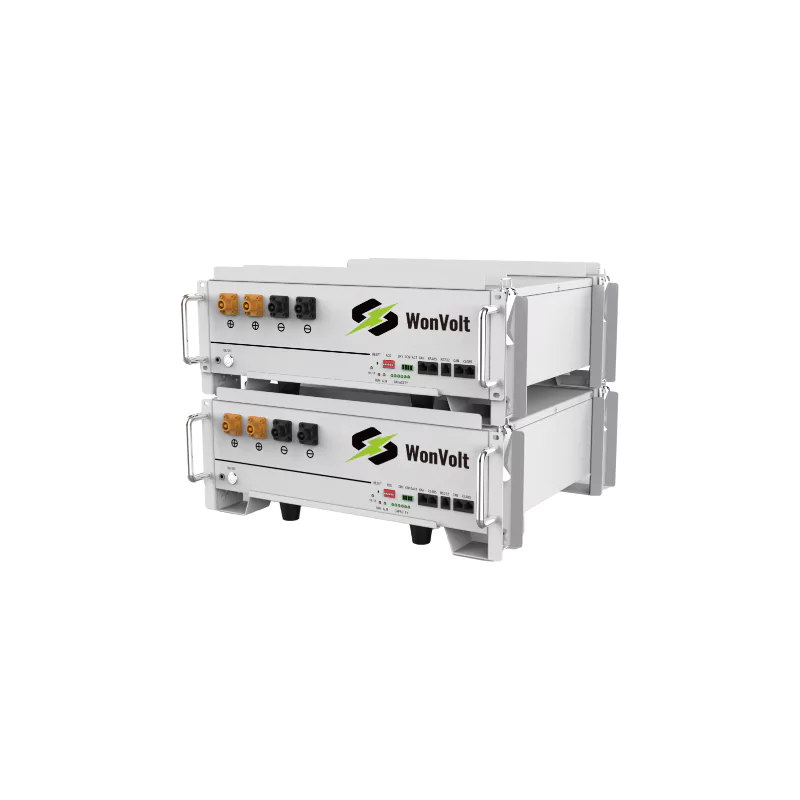What Are the Regulatory Requirements for Adding Batteries to an On-Grid Solar System?
When you add batteries to a grid-tied solar system, following rules is a big deal. Every country has its own rules, but they all aim to keep the grid steady, safe, and working well with your system. These rules cover how much power you can send to the grid, how to stop your system during outages, and how to match the grid’s voltage and frequency.
In North America, you need certifications like UL 9540 for battery systems and IEEE 1547 for hooking up to the grid. In Europe and other places, IEC standards like IEC 62109 for safe power converters and IEC 62933 for batteries are often needed. These make sure your batteries work safely without messing up the grid.
Utility companies check if you follow these rules. They might ask for plans, proof your gear is certified, or visit your site to look around. If you don’t follow the rules, you could get fines or lose your grid connection.
What Technical Challenges Might You Face When Retrofitting Batteries?
Adding batteries to your solar system isn’t just plugging them in. It comes with some tough challenges. One big problem is your inverter. Older inverters, like string inverters, aren’t made for the back-and-forth power flow batteries need. You might need to swap your inverter or add a hybrid one that works with batteries.
Another issue is keeping your system in sync with the grid’s frequency and voltage. Batteries have to charge or release power without shaking up the grid. This gets tricky when lots of people are using power or when your solar panels make a ton of energy.
Rules about controlling power sent to the grid and stopping back-feeding during outages make things harder. Anti-islanding rules shut your system off during a power outage to keep utility workers safe. Export rules limit how much extra power you can send to the grid, especially in places that don’t pay for extra energy.
How Can You Ensure Seamless Integration of Battery Storage?
Before picking equipment, do a full check of your site. Look at your solar panels’ power, your inverter type, how much energy you use, and where you can put batteries. For businesses, check how to shift power use to save cash during busy times.
Picking the right battery setup is super important. Lithium-ion batteries are popular because they hold lots of energy and last a long time. For example, the WonVolt RACK HV PRO system gives up to 243kWh per cluster. It’s really efficient and has a smart BMS for big business projects. For homes, smaller modular batteries match daily needs.
A good Battery Management System (BMS) is a must. It checks temperature, voltage, charge levels, and battery health. This keeps batteries safe and working well. It also stops overcharging or draining too much, which can hurt battery life.
Why Are Hybrid Inverters Crucial for Grid-Compliant Battery Integration?
Hybrid inverters are awesome because they mix a solar inverter and a battery controller into one. They make wiring easier, cut setup time, and work better with smart controls. Instead of needing separate parts for solar panels and batteries, a hybrid inverter does both.
They handle power from solar panels, batteries, and the grid all at once. This makes them great for balancing energy use. They also switch smoothly between grid power and backup power during outages.
Certifications are a big deal. Hybrid inverters that meet UL1741 SA or IEEE 1547 follow strict rules for anti-islanding and keeping voltage and frequency steady. This keeps your system safe and legal.
How Do WonVolt Solutions Address Grid Compliance Challenges?
Want to add batteries to your solar system and stay legal? WonVolt has some of the best solutions out there. They make it easy to follow rules while keeping your system strong.
WonVolt has a 1.2GW capacity for solar panels and 2.5GWh for lithium batteries. They offer clean energy solutions in over 90 countries. Their products include PERC and N-type TOPCON panels, containerized BESS, liquid-cooling lithium batteries, smart air-cooled home units, and hybrid inverters up to 100kW per unit. All are built to meet global rules.
Their Hybrid Inverter Series works for both grid-tied and off-grid setups. They meet certifications like UL1741 and IEEE 1547, depending on your country’s needs.
WonVolt’s smart BMS checks each battery’s performance, like voltage and charge balance. This keeps things safe and matches grid rules, especially for export limits or changing energy prices. It also makes batteries last longer.
What Monitoring Protocols Help Maintain Compliance Over Time?
Keeping an eye on your system is super important. It helps you stay legal and keeps your system running great. Modern systems let you check things from afar using cloud apps. This helps you or your installer spot problems before they break rules or cause trouble.
Using systems like SCADA with formats like Modbus RTU/TCP or SunSpec Alliance makes sure your setup works with utility gear. These let your system share data safely with grid operators. This is key if you’re in programs that adjust power use or face limits on sending power to the grid.
What Are Best Practices During Commissioning & Long-Term Maintenance?
Before your system starts, do thorough tests. Check insulation, grounding, battery charge levels, and inverter software to match the latest rules. Test how your system handles problems, like shutting off during outages.
For long-term care, check connection points with heat scans. Update inverter and BMS software when new rules come out. Clean air filters for air-cooled systems and check battery sensors. Look at your BMS or SCADA logs every month to catch issues early.
Every WonVolt system is unique. They offer on-site support before sales for big projects. This means you get custom help to set up your system, whether it’s for a home or a huge business.
Extra Tips for Grid-Compliant Battery Integration
Follow Safety Rules
Batteries can be risky if not done right. Use safety standards like UL 9540A to prevent fires from overheating. WonVolt’s systems are tested to meet these rules, keeping your setup safe.
Check Local Grid Rules
Every place has its own grid rules. Some areas, like California, have special rules for battery sizes based on solar panels. WonVolt can help you meet local rules, like those in the 2022 California Energy Code.
Add Fire Safety
Batteries can start fires if something goes wrong. Use smoke detectors and good airflow, as needed by standards like PAS 63100:2024 in the UK. WonVolt’s designs have safety features to lower fire risks.
Keep Up with Rule Changes
Rules change as more people use solar and batteries. Stay in touch with local agencies or WonVolt for updates. This keeps your system legal as new rules come out.
Future Trends in Grid Compliance Strategies
As more people use solar and batteries, rules will get stricter. Expect more focus on how fast batteries release power or how they help the grid during busy times. Systems will need to be flexible to handle these changes.
Smart tech, like AI, will soon be a big help. It can predict energy use or spot problems early by checking data from your BMS or SCADA. This makes it easier to follow rules and keep your system running smoothly.
Conclusion
Adding batteries to your grid-tied solar system means following big rules for safety and grid stability. You’ll face challenges like inverter compatibility and syncing with the grid, but smart planning makes it easier. WonVolt’s certified solutions, like the RACK HV PRO and Hybrid Inverter Series, meet global standards like UL1741 and IEEE 1547. Their smart BMS and on-site support make compliance simple. With real-time monitoring and regular care, you can stay legal and get the most from your system. As rules and tech grow, WonVolt helps you stay ready for a greener, cheaper energy future.
FAQ
Q1: Can I add a battery to my existing solar system without changing my current inverter?
A: Only if your inverter works with DC-coupling or AC-coupled batteries. Otherwise, you’ll need a hybrid inverter upgrade that meets rules like IEEE 1547 or UL1741 SA.
Q2: What size battery do I need for my home if I already have an on-grid solar array?
A: It depends on how much power you use when the sun’s not out. Most homes use 10–30kWh batteries to cover evening needs and outages.
Q3: How often should I update firmware on my inverter/BMS?
A: Every six months, or right away when new rule updates come out from manufacturers, to keep up with changing grid rules.



